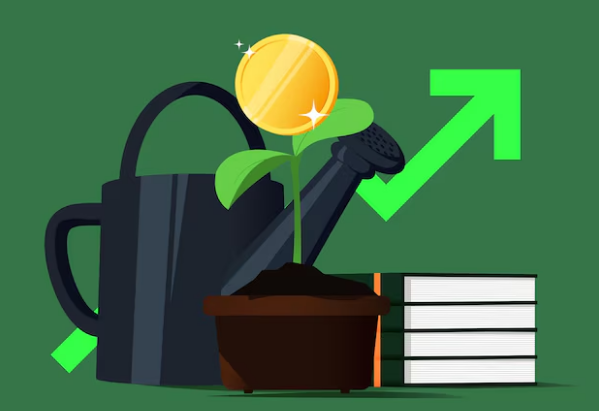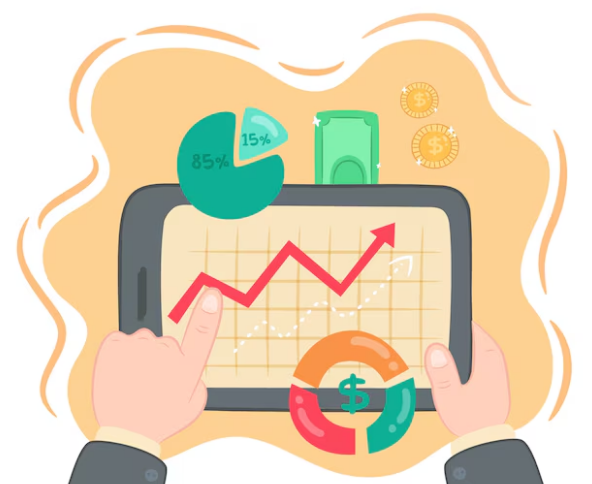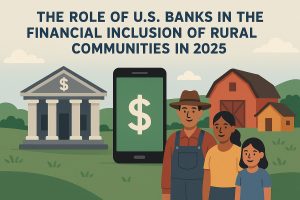In 2024, the landscape of interest rates in the United States is set to be a focal point for both economic analysts and everyday consumers. Understanding these changes is crucial as they impact everything from mortgage rates to credit card interest and overall economic growth. In this article, we’ll break down what to expect regarding interest rate changes in 2024, how these changes might affect you, and what you can do to prepare.
What are interest rates?

Before diving into the specifics of 2024, it’s important to grasp the basic concept of interest rates. Simply put, an interest rate is the cost of borrowing money or the return on investment for saving money. It’s expressed as a percentage of the principal—the amount of money you borrow or invest.
Interest rates are set by central banks, like the Federal Reserve (Fed) in the United States. These rates influence various aspects of the economy, including consumer spending, business investment, and overall economic growth.
Why are interest rates important?
Interest rates play a pivotal role in economic health. When rates are low, borrowing becomes cheaper, encouraging spending and investment. Conversely, high interest rates can cool down an overheated economy by making borrowing more expensive and saving more attractive.
In 2024, several factors are influencing interest rate decisions. Let’s delve into these factors and what they mean for you.
Factors influencing interest rate changes in 2024
1. Inflation Trends
One of the primary factors impacting interest rates is inflation. Inflation refers to the rate at which the general price level of goods and services rises, eroding purchasing power. In recent years, inflation has been a significant concern. If inflation remains high in 2024, the Federal Reserve may raise interest rates to combat it. Higher rates can help bring inflation down by slowing down economic activity, as borrowing becomes more expensive and spending decreases.
2. Economic Growth
Economic growth is another key consideration. If the economy is growing too quickly, it might lead to inflationary pressures. The Federal Reserve might respond by increasing interest rates to prevent the economy from overheating. Conversely, if economic growth is sluggish, the Fed might lower rates to stimulate spending and investment.
3. Employment Levels
The job market also influences interest rate decisions. The Federal Reserve aims to achieve maximum employment alongside stable prices. If unemployment is high, the Fed may keep interest rates lower to encourage borrowing and job creation. On the other hand, if the job market is strong and inflationary pressures are rising, the Fed might raise rates to balance the economy.
4. Global Economic Conditions
Global events and economic conditions can also impact US interest rates. International trade tensions, geopolitical events, and economic slowdowns in other countries can influence the Fed’s decisions. For example, if global economic conditions are unstable, the Fed might adjust interest rates to mitigate potential risks to the US economy.
What to expect in 2024
Based on current trends and economic forecasts, here’s what we can expect regarding interest rates in 2024:
1. Gradual Increases
It’s anticipated that interest rates may see gradual increases throughout 2024. The Federal Reserve has indicated a cautious approach, adjusting rates incrementally based on economic data. This gradual approach allows for adjustments without causing significant disruptions to the economy.
2. Focus on Inflation
With inflation remaining a critical concern, much of the Fed’s focus will be on managing inflationary pressures. If inflation remains above the target range, we may see more pronounced rate hikes to curb rising prices.
3. Impact on Borrowing Costs
As interest rates increase, borrowing costs will rise. This means higher rates on mortgages, auto loans, and credit cards. If you’re considering taking out a loan or making a large purchase, it’s essential to factor in the potential for higher interest rates.
4. Influence on Savings
On the flip side, higher interest rates can benefit savers. If you have money in savings accounts or certificates of deposit (CDs), you might see improved returns. It’s a good time to review your savings strategy and consider taking advantage of higher rates.
How interest rate changes affect you
1. Mortgage Rates
For homeowners or those looking to buy a home, interest rate changes can have a significant impact. As rates rise, mortgage payments will increase. If you’re planning to buy a home or refinance your mortgage, it’s important to stay informed about rate trends and lock in rates when they’re favorable.
2. Credit Cards and Loans
Higher interest rates also affect credit cards and personal loans. If you carry a balance on your credit cards, higher rates will increase the amount of interest you pay. It’s wise to pay down high-interest debt and explore options for consolidating loans to manage your finances effectively.
3. Investments
Interest rate changes can influence investment returns. When rates rise, bond prices typically fall, and equities may experience volatility. Diversifying your investment portfolio and consulting with a financial advisor can help mitigate risks associated with rate fluctuations.
Preparing for interest rate changes
To navigate the impact of interest rate changes, consider these strategies:
1. Review Your Finances
Take stock of your current financial situation. Review your debt, savings, and investments. Understanding your financial health will help you make informed decisions as rates change.
2. Explore Fixed-Rate Options
If you’re considering taking out a loan, look into fixed-rate options. Fixed-rate loans offer predictable payments, which can be advantageous if interest rates are rising.
3. Plan for the Future
Think about your long-term financial goals. Adjust your savings and investment strategies to align with changing interest rates. A financial advisor can provide personalized advice based on your situation.
4. Stay Informed
Keep up with economic news and Federal Reserve announcements. Staying informed will help you anticipate changes and make proactive financial decisions.
Conclusion
Understanding interest rate changes in 2024 is essential for making informed financial decisions. With gradual increases expected and a focus on managing inflation, it’s crucial to stay aware of how these changes impact your borrowing costs, savings, and investments. By reviewing your finances, exploring fixed-rate options, and staying informed, you can navigate the evolving economic landscape effectively.






